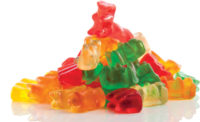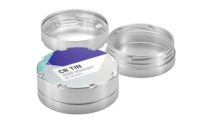Delving into retail strategies for cannabis edibles
Leaders from Cresco Labs, Insa talk product development, merchandising, ecommerce, and other cannabis retail considerations.

Photo courtesy of Insa
Between price compressions, differing state regulations, and competitive markets, cannabis retailers need any edge they can get.
They may find it through edibles, which offer opportunities to connect with consumers through form familiarity and variety, said Julian Rose, head chef and director of research and development, Insa.
“At the base, consumers are the same whether they go to a supermarket or a dispensary,” he said. “People love to have assortment. People like to have choices. People like to have flavors. In the case of edibles, certainly, I think it's critical that we offer something for everyone.”
With the goal of promoting larger basket sizes and repeat trips, retailers have developed several strategies spanning product development, merchandising, packaging and ecommerce to drive purchases of cannabis-infused food and beverage products.
Product development
When it comes to building out a product portfolio, Chicago-based Cresco Labs considers three main factors, notes Tim Paddock, senior director of retail merchandising. They include effect, flavor, and dosage.
“We’ve really differentiated our brand portfolio based on those three things,” he said. “Within that, we spend a lot of time thinking about products. How can we make sure that we have enough variety that is going to meet the needs of a consumer?”
Effectively communicating those core pillars to the consumer is also critical. Paddock pointed to Cresco Labs’ Wonder Wellness Co. brand, which offers gummies and mints under the defined need cases of Focus, Laugh, Relax, and Sleep.
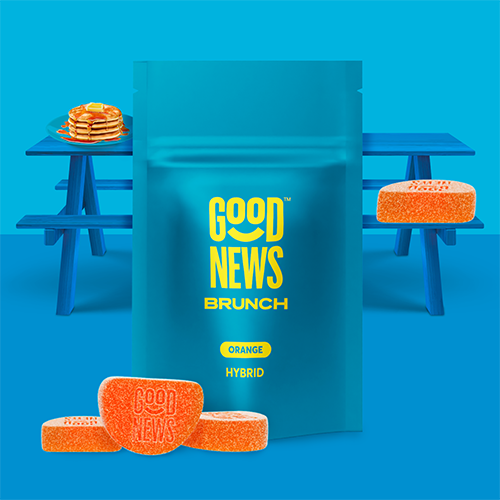
The company takes a similar approach with its Good News brand, which features gummies corresponding to uplifting occasions such as Me Time, Brunch, Friyay, Vegas, and Day Off. The brand also offers the sleep-supporting Counting Sheep variety.
“To be successful in the edibles category is to effectively target a brand and a product portfolio, but then be able to communicate that to match the mindset of the customer in their purchasing process,” Paddock said. “Having clear, simple messaging of those things through in-store educational materials, signing, packaging, and e-commerce through our Sunnyside.shop is key to doing that.”
With decades of experience in the traditional confectionery industry, Rose understands how to develop relatable flavors that appeal to customers. That includes developing a slate of seasonal offerings that create excitement and encourage consumers to enjoy the products while they’re available.
This year, for example, Insa launched Red Velvet Cake Truffles for Valentine’s Day and Pina Colada Drops and a S’mores Chocolate Bar for summer. Last year, the company introduced Cranberry Sauce Drops and a Peppermint Candy Cane Dark Chocolate Bar for the holiday season.

“I think it's fun to keep it contained or limited edition,” Rose said. “We make a certain amount and we offer it to our wholesale customers. We offer it in our stores, but when they're gone, they're gone.”
Rose also pointed to the enticing visual aspect of edibles, adding Insa has in-store displays that signal specific ingredients, such as marshmallows, as well as screens highlighting the manufacturing process.
“People see the beautiful (chocolate) bar, it's shiny, it has nice colors and inclusions, so it looks appetizing,” Rose said. “I think there's a certain magic when people see us boiling raspberry puree and sugar. It's food, you know, and it just happens to have THC.”
Merchandising and packaging
Rose and Paddock both highlighted the importance of providing dispensary customers with uninfused samples. This encourages them to experience the brand, and in the case of new cannabis consumers, creates a bridge through a recognizable product format.
Paddock noted Cresco Labs offers uninfused gummy samples from its Mindy’s brand, which emphasizes culinary flavors such as Glazed Clementine Orange and Cool Key Lime Kiwi.
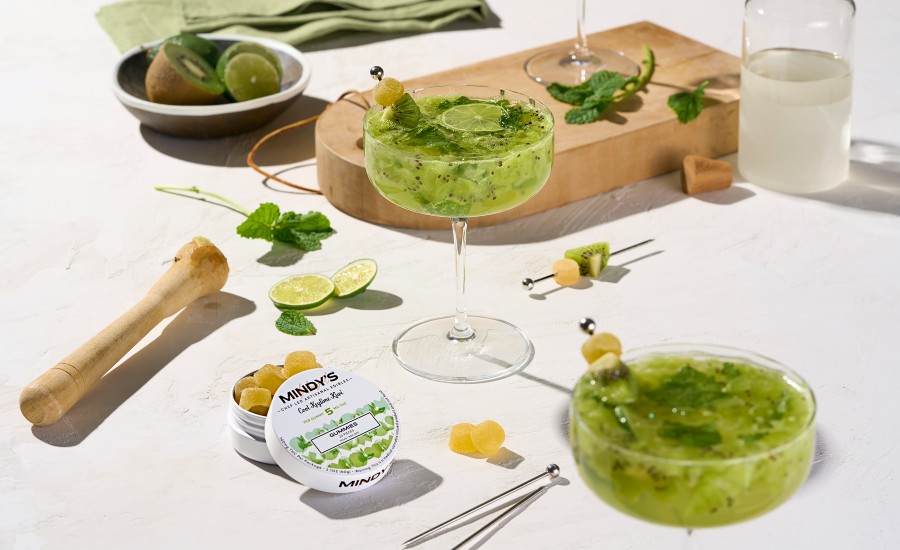 Photo courtesy of Cresco Labs
Photo courtesy of Cresco Labs
“Mindy’s is a brand that's positioned more towards flavor, higher quality, and this is an opportunity for somebody who may be curious to try cannabis or try these edibles—it gives them the opportunity to at least experience the flavor, what it looks like,” he said.
While traditional consumer packaged goods manufacturers can tailor their packaging to attract the consumer, that’s not always the case for cannabis brands, depending on state regulations. Rose said Insa’s home market of Massachusetts offers some leeway in branding and graphics, but in Florida, where Insa has a dozen stores, packaging restrictions are much tighter. Packages in Florida must be all white.
“You can imagine if you go in the supermarket aisle and all the cans of soup are white and it just says ‘tomato’ and ‘rice and chicken,’” Rose said. “Humans are excitable, with colors and graphics, so it's not different in our industry…We have to just obey the rules and play the game in the different states. Our displays are very colorful, very enticing and people actually spend a little bit of time to explore. If it's all white, you just go, ‘I don't know. I see tomato, I'll take tomato.’”
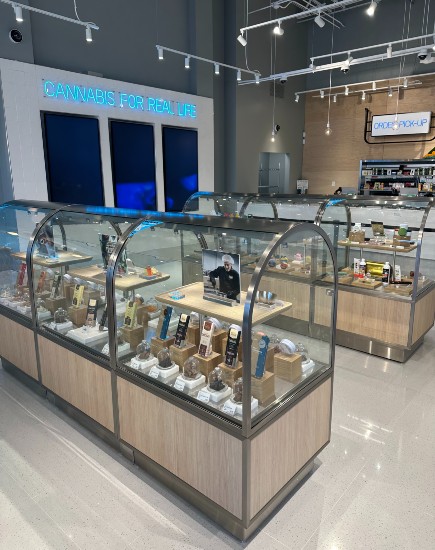 Photo courtesy of Insa
Photo courtesy of Insa
Enlisting the help of budtenders to educate consumers and offer product recommendations can help overcome a market’s packaging restrictions. This requires intensive training on products and their attributes, as well as on how to work with customers.
“Oftentimes we're constrained by the regulations of those states in terms of how we can merchandise actual product in store—that goes across all categories,” Paddock said. “At the end of the day, customers want transparency in what they're buying. They want to see what they're getting, and so I think that just puts that much more emphasis on how we then message through our packaging, through in-store educational materials. What’s very unique about the cannabis retail experience is there's a lot of time, focus and attention put on training our staff.”
E-commerce and promotions
As is the case for other consumer goods, e-commerce has become a critical tool for the cannabis industry—especially since the COVID-19 pandemic. That includes online ordering and in-store pickup, as well as delivery services in markets where it’s allowed.
Rose said Insa customers’ use of delivery services varies around Massachusetts.
“It seems to be more or less prevalent in specific regions,” he said. “Around Salem we have a good business on delivery. Around here in East Hampton, it's a smaller town and less traffic so people can actually come up and pick up.”
In-store interactions allow budtenders to educate consumers and tailor product recommendations to their needs. That’s more difficult online, Paddock said, but Cresco Labs has been working to communicate product messages to consumers, as well as the overall benefits of edibles.
In particular, edibles are often less expensive than inhalable products, and as a result, they offer an ideal option for increasing basket sizes.
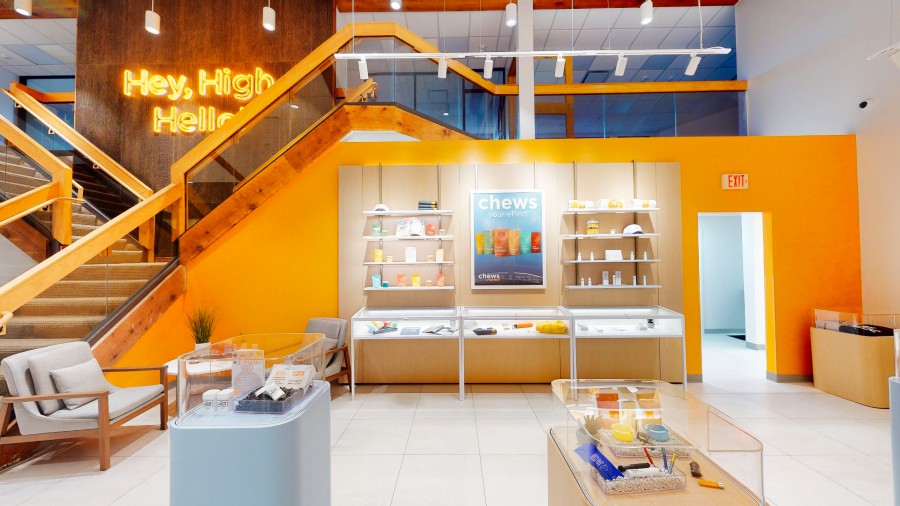 Photo courtesy of Cresco Labs
Photo courtesy of Cresco Labs
Given that value, Paddock added that Cresco Labs may not start with its edibles when it comes to applying promotions.
“The way we've approached that is to not necessarily, in the case of edibles, lead with promotional discounts,” he said. “It’s not to say we don't do that, but typically what we find is we'll get a higher return on the discount in more inhalable categories like flower and vapes than we would for edibles. In the case of edibles, (we’re) really trying to lead with the proposition that they're discrete, easy to transport, they're mobile and there are so many occasions.”
Looking for a reprint of this article?
From high-res PDFs to custom plaques, order your copy today!



